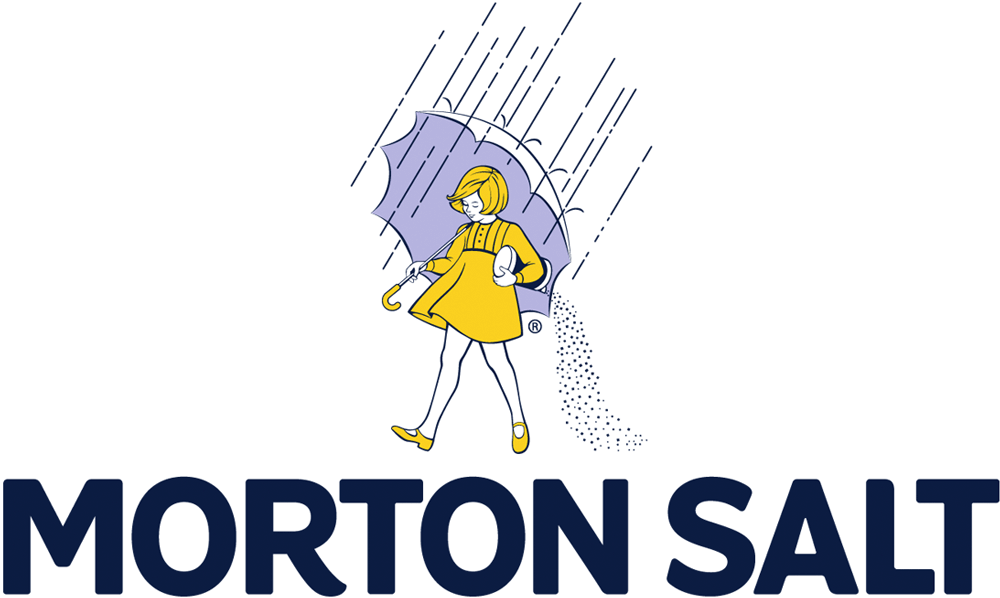Written by Travis Mlakar
Is a paper shortage coming, as a popular blog may suggest? No. What is coming, however, is a seismic change
that, in order to ensure a proper flow of material, will require a commitment
from the entire industry – from mill to merchant to printer - to align more
closely with each other for the future. Let me explain…
As the industry continues to wrestle with
secular decline, it is starting to accept reality. The prices at which paper has been selling are
too low. Too many mills, particularly on
the coated side, are not making money. (Look at Verso and NewPage who both reported
massive losses in the first quarter of this year, as well as Sappi, who had to
make adjustments by reducing 5% of its US workforce). So mills are facing a situation where they
must make more money to be financially viable, and they must do so while
selling fewer tons into a market with declining demand. That simply means their price per ton must go
up. This isn’t wishful thinking; this is
survival.
What the rest of the industry must now
accept is the lowest price is no
longer necessarily the best price. The lowest cost (and there is a huge difference between price and cost) of a
quality product that one can get from a financially viable supplier (and this is
true for mills and merchants) is the best solution.
So, why are some analysts saying there could be a shortage? Simple economics are forcing mills to reduce capacity to bring supply and demand into line and ultimately drive up “per ton” prices to sustainable levels. When mills do this, what “tons” are they walking away from? The simple answer is: the lowest priced and least loyal ones. Mills are walking away from transactional business. I just talked with one of the largest manufacturers in North America who said 10 years ago, 30% of their volume was from spot or transactional orders. Today that volume is under 10%. Producers are no longer willing to play in that arena because they realize the price on those tons is completely unsustainable. This may lead to a “shortage” per say for buyers who are used to bouncing their business from supplier to supplier to find the lowest price. They can still try to do this…but their orders will fall to the bottom of the priority list, pushing ready dates out and creating the impression that “there isn’t enough paper.”
The key now is to align tons with a set
supply chain. Manage costs, not
prices. Find ways to lower total
procurement expenses (cost to quote/acquire product, freight, inventory,
invoicing, etc.). Develop and maintain a
steady, sustainable supply chain that will help you turn orders quickly and
service your customers consistently.
Remember, you get what you pay for. Isn’t it time to start paying for
sustainability, reliability, service and support? If not, don’t be surprised to
find customers looking elsewhere for partners who do.







